Consumer Preferences in Log Cabin Design: Insights from Recent Surveys
As the log cabin market evolves, understanding consumer preferences becomes essential for manufacturers and builders. Recent surveys reveal valuable insights into what potential buyers are looking for in modern log cabins. These preferences encompass design elements, functionality, sustainability, and community aspects. This article explores these findings, provides examples to illustrate consumer desires, and suggests actionable solutions for builders and designers aiming to meet these evolving needs.
Key Design Preferences
Open Floor Plans and Flexible Spaces
One of the most significant trends highlighted in recent surveys is the preference for open floor plans. Many potential buyers seek spacious, flexible living areas that allow for easy interaction and movement. Open-concept designs create a sense of freedom, making homes feel larger and more inviting.
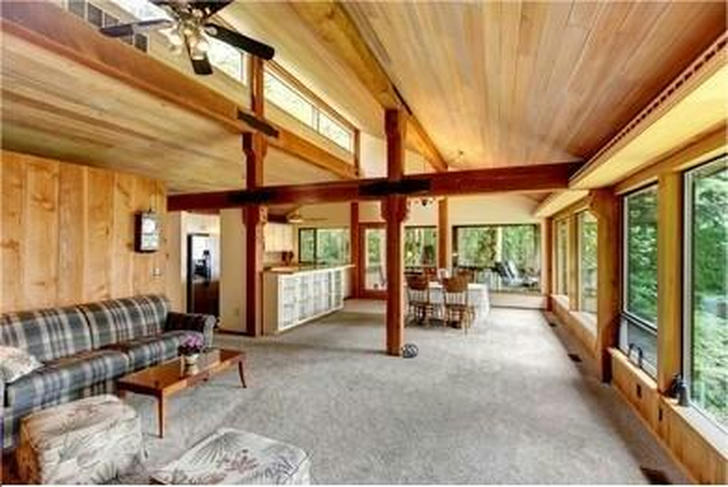
A Family-Centric Cabin
Consider a family that recently built a log cabin with an open floor plan. They designed the main living space to combine the kitchen, dining, and living areas seamlessly. This design allows family members to engage with one another, whether cooking, dining, or relaxing. The feedback from the family was overwhelmingly positive, emphasizing how the layout fostered togetherness and created a more vibrant home life.
Actionable Solution:
Incorporate Open Concepts: Builders should focus on designing log cabins with open floor plans. This can be achieved by minimizing unnecessary walls and utilizing multifunctional furniture to maximize space efficiency.
Ample Natural Light: Another prominent preference is for ample natural light. Consumers are increasingly aware of the benefits of natural lighting, which can improve mood, enhance aesthetics, and reduce energy costs. Large windows, skylights, and open spaces that allow light to flood in are highly sought after.
Cabin with Panoramic Views
A couple that recently purchased a log cabin positioned in a scenic location prioritized large windows in their design. The panoramic views of the surrounding landscape are now a centerpiece of their living space, significantly enhancing their daily experience. They reported feeling more connected to nature and enjoyed the beauty of each season as it changed outside their windows.
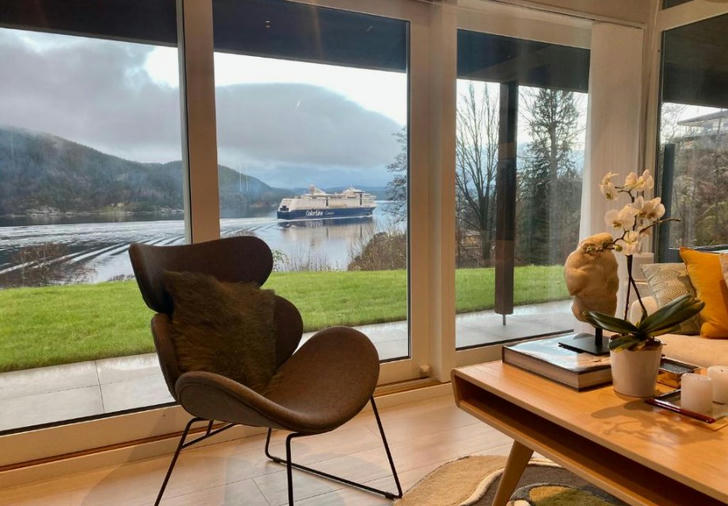
Actionable Solution:
Design with Windows in Mind: Builders should consider strategic placements for windows, ensuring they capture views while maximizing natural light. Incorporating features like sliding glass doors can further enhance indoor-outdoor connections.
Energy Efficiency
Sustainability is increasingly at the forefront of consumer preferences. Recent surveys indicate a strong desire for energy-efficient designs and eco-friendly materials. Potential buyers want log cabins that minimize their carbon footprint and lower utility costs.
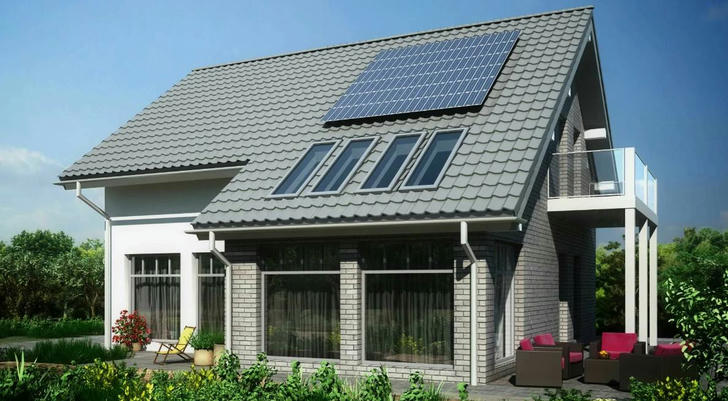
Actionable Solution:
Implement Energy-Efficient Systems: Builders should prioritize energy-efficient appliances, insulation, and renewable energy sources like solar panels. Offering clients various eco-friendly options during the design phase can also help meet consumer demands.
Sustainable Materials
Sourcing Locally
A log cabin builder who focuses on sourcing local timber has found success with environmentally conscious buyers. By emphasizing the use of locally harvested materials, the builder not only supports local economies but also reduces transportation emissions. This commitment has resonated well with potential customers who prioritize sustainability.
Actionable Solution:
Source Locally: Builders should establish relationships with local suppliers of sustainable materials. By transparently sharing information about material sources with clients, builders can build trust and appeal to eco-conscious consumers.
Functional and Modern Amenities
Modern Technology Integration
Consumers are looking for log cabins that blend rustic charm with modern amenities. The integration of smart home technology has become a significant factor in buyer preferences. Features like smart thermostats, security systems, and energy monitoring devices are increasingly expected in new constructions.
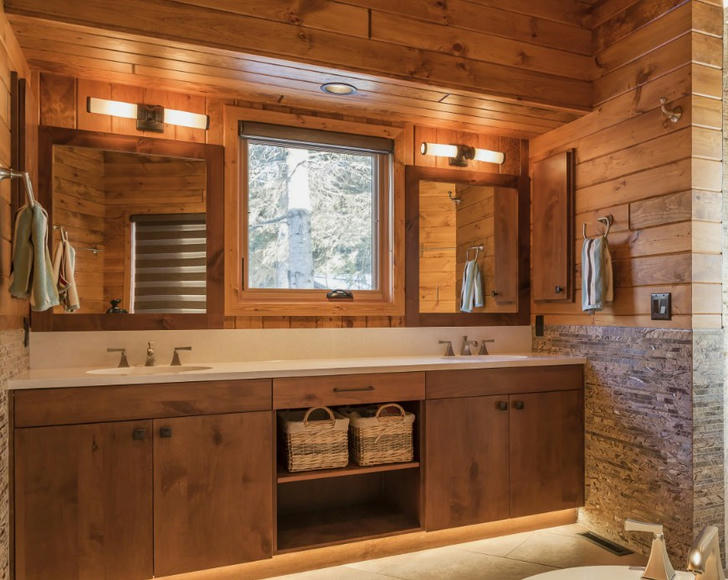
Smart Cabin Living
A couple who invested in a log cabin equipped with smart technology shared their experience of enhanced comfort and security. They could control heating and lighting remotely, allowing them to optimize energy use and maintain a welcoming environment. This modern integration has become a crucial selling point for their friends considering similar investments.
Actionable Solution:
Incorporate Smart Technology: Builders should consider integrating smart home features into new log cabin designs. Offering customizable technology packages can enhance appeal to tech-savvy buyers.
Outdoor Living Spaces
The desire for outdoor living spaces has also grown significantly. Consumers are increasingly looking for log cabins that feature outdoor amenities like decks, patios, and fire pits. These spaces allow for relaxation and entertainment in a natural setting.
An Entertaining Outdoor Space
A family that built a log cabin with an expansive deck and outdoor kitchen expressed how much they enjoyed hosting gatherings outdoors. The space became a central hub for family activities, barbecues, and evening fireside chats. The ability to connect with nature while enjoying modern conveniences was a key factor in their decision to purchase.
Actionable Solution:
Design Outdoor Areas: Builders should prioritize outdoor living spaces in their designs. Incorporating features like covered patios and outdoor kitchens can enhance the cabin’s appeal and usability.
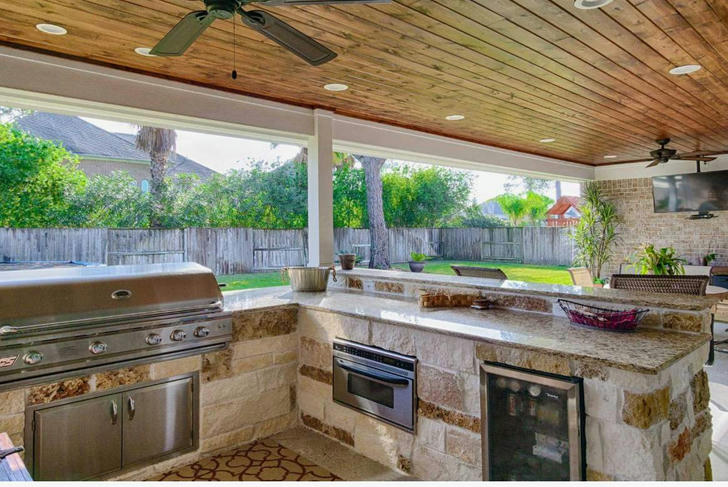
Conclusion
Understanding consumer preferences in log cabin design is crucial for builders and manufacturers looking to succeed in the evolving market. Key trends include open floor plans, ample natural light, sustainability, modern technology integration, and outdoor living spaces. By addressing these preferences, builders can create log cabins that resonate with potential buyers, fostering a sense of connection to nature while meeting modern lifestyle demands.
By implementing actionable solutions such as designing open spaces, sourcing sustainable materials, integrating smart technologies, and prioritizing outdoor living areas, builders can effectively respond to consumer needs. As the log cabin market continues to grow, staying attuned to these preferences will be essential for success. As we look toward the future, log cabins that embody these insights will not only attract buyers but also create lasting homes that blend rustic charm with modern living.
